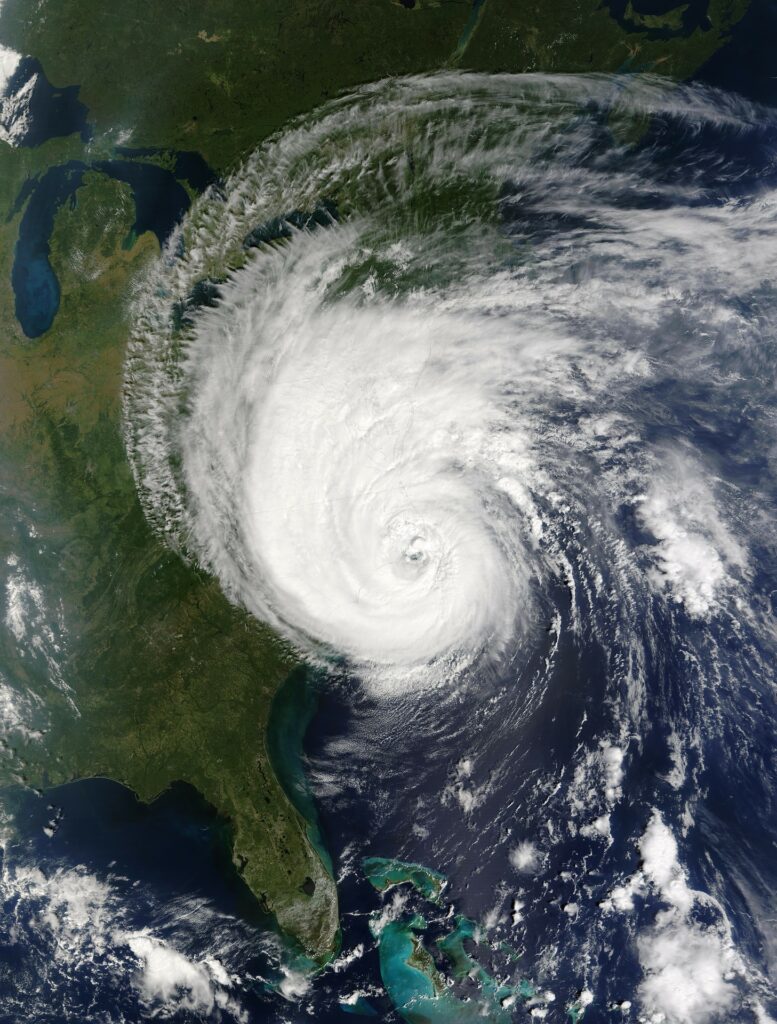The US Government has allocated nearly US$3bn in Bipartisan Infrastructure Law funds to NOAA over the next five years to address the climate crisis and strengthen coastal resilience and infrastructure.
NOAA will invest funds in the areas of habitat restoration, coastal resilience, and climate data and services.
Gina M Raimondo, US commerce secretary, said, “The climate crisis is affecting every community in the US and impacting our nation’s economy,” said Raimondo. “The funding from NOAA will be used to support transformational projects that will help communities, especially underserved communities, build up local climate resilience and climate-ready infrastructure.”
Rick Spinrad, NOAA administrator, said, “This funding provides NOAA and its partners with a historic opportunity to invest in the climate smart infrastructure of the future. Together, we’ll help ensure our coasts are climate-ready, our fisheries and protected resources are resilient, and our climate and data products reflect the needs of decision makers.”
NOAA will select high-impact projects that will incentivize investments in communities, states and regions that can drive additional funding to complementary projects. Funded projects will support three major initiatives:
- Climate Ready Coasts will help coastal communities build the future they want to see, investing in natural infrastructure projects that build coastal resilience, create jobs, store carbon, remove marine debris, and restore habitat (US$1.5bn over five years)
- Climate Data and Services will support a whole-of-government effort to address the climate crisis by getting critical information and tools in the hands of decision-makers, particularly to address floods, wildfire, drought and ocean health (US$904m over five years)
- Fisheries and Protected Resources will advance efforts to restore important fisheries habitat and promote community economic development (US$592m over five years)
Signed into law in November 2021, US President Joe Biden’s Bipartisan Infrastructure Law will provide a significant increase in NOAA’s resources as well as benefitting the US business community across a range of sectors including agriculture, seafood, energy and transportation, particularly in relation to products and services that help prepare for extreme weather and adapt to climate-driven events.



